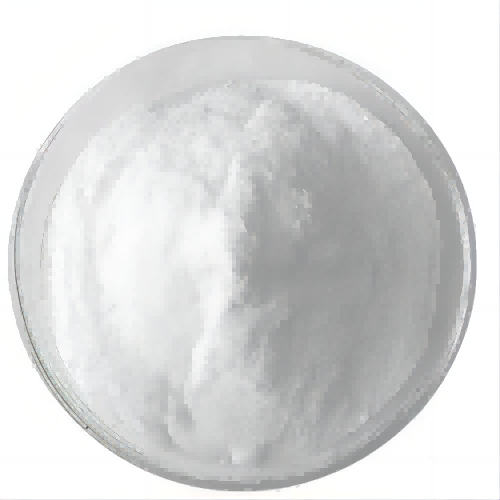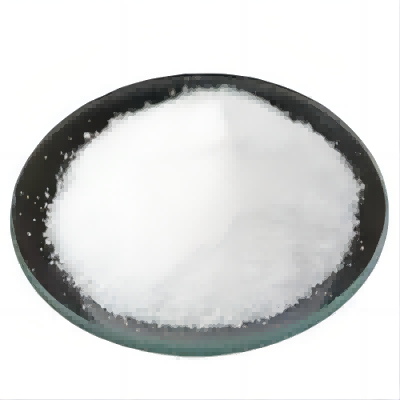Pharmaceutical-grade heparin is derived from the mucosal tissue of animals that have been slaughtered for meat such as pigs and cattle. Research conducted between 2003 and 2008 eventually led to the synthetic development of low molecular weight heparins in 2011.
Heparin is found across various different animal species including invertebrates that do not have a coagulation system similar to that found in humans. Ferrous Carbonate

In addition to the heparin derived from pigs and cattle, pharmaceutical-grade heparin is also extracted from other animals including turkeys, mice, camel, whales, lobsters, freshwater mussels, clams, shrimps, and mangrove crabs.
Heparin is released from the granules present in mast cells. It acts as an anticoagulant agent to prevent blood clots form forming.
Heparin is capable of inducing angiogenesis when its copper salt is formed. Angiogenesis refers to the formation of new blood vessels. Heparin that does not contain copper is non angiogenic. Heparin can also act as an inhibitor of angiogenesis when it is administered alongside corticosteroids. This effect is independent of the anticoagulant activity of heparin.
Test tubes, vacutainers and capillary tubes contain lithium heparin and are marked with green stickers and green tops. These are used for collecting and transporting blood samples for a wide range of tests. Another anticlotting agent is EDTA, but heparin is preferred because it does not affect the levels of most ions, although the ionized calcium level may be depleted if the blood heparin concentration is too high. In cases where blood levels of lithium need to be assessed, royal-blue-topped vacutainers containing sodium heparin are used.
Dr. Ananya Mandal is a doctor by profession, lecturer by vocation and a medical writer by passion. She specialized in Clinical Pharmacology after her bachelor's (MBBS). For her, health communication is not just writing complicated reviews for professionals but making medical knowledge understandable and available to the general public as well.
Please use one of the following formats to cite this article in your essay, paper or report:
Mandal, Ananya. (2023, June 20). Heparin Sources. News-Medical. Retrieved on February 05, 2024 from https://www.news-medical.net/health/Heparin-Sources.aspx.
Mandal, Ananya. "Heparin Sources". News-Medical. 05 February 2024. <https://www.news-medical.net/health/Heparin-Sources.aspx>.
Mandal, Ananya. "Heparin Sources". News-Medical. https://www.news-medical.net/health/Heparin-Sources.aspx. (accessed February 05, 2024).
Mandal, Ananya. 2023. Heparin Sources. News-Medical, viewed 05 February 2024, https://www.news-medical.net/health/Heparin-Sources.aspx.
In this new episode of omg OMx, Kate Stumpo speaks to Sapient's Tanya Nguyen about the role of omics and mass spectrometry in neurosciences.
NewsMedical speaks with Chao Ma, Ph.D. a Research Assistant Professor at New York University Tandon School of Engineering, ahead of his presentation at SLAS 2024.
In this interview, we speak with Jack O'Meara, co-founder and CEO of Ochre Bio, a pioneering force in liver disease treatment. O'Meara shares insights into Ochre Bio's innovative RNA therapies, their approach to tackling liver disease, and the company's vision for the future.
News-Medical.Net provides this medical information service in accordance with these terms and conditions. Please note that medical information found on this website is designed to support, not to replace the relationship between patient and physician/doctor and the medical advice they may provide.
News-Medical.net - An AZoNetwork Site

Calcium Citrate Owned and operated by AZoNetwork, © 2000-2024